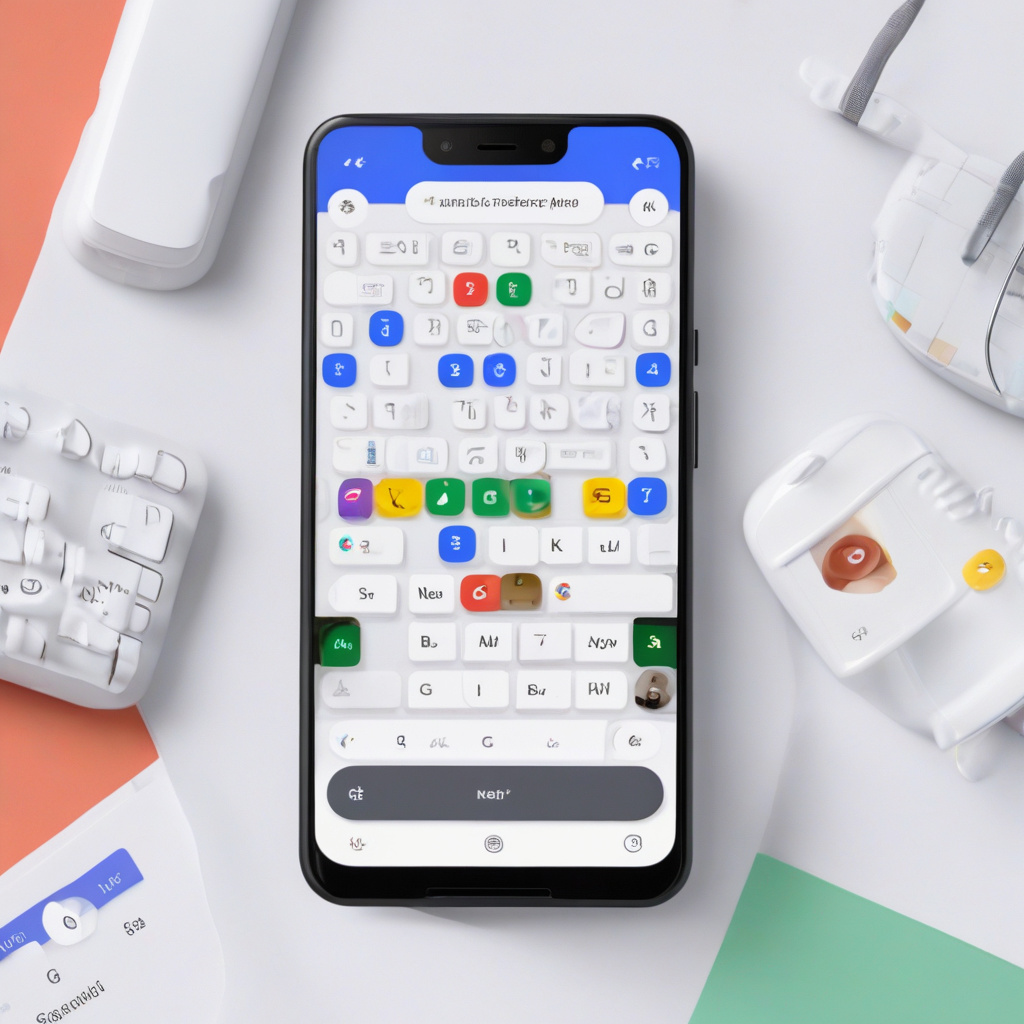When it comes to smartphone keyboards, familiarity is key. Users typically prefer layouts that are tried and tested, offering comfort and efficiency in equal measure. So, when news broke that Google is testing round keys in Gboard, many were left scratching their heads. A lot of Gboard beta users are suddenly remembering they joined the beta for innovative features and improvements, but round keys may not have been what they had in mind.
The traditional QWERTY layout has been a staple in keyboard design for decades, with its rectangular keys becoming synonymous with typing on digital devices. This layout has stood the test of time, proving its effectiveness in both desktop and mobile environments. The introduction of round keys represents a significant departure from this established norm, prompting questions about the rationale behind such a design choice.
While Google is known for its innovative approach to software development, including AI-powered predictive text and seamless integration with other Google services, the decision to test round keys in Gboard may be seen as a solution in search of a problem. Users have grown accustomed to the existing layout, which has been optimized for speed and accuracy over numerous iterations. Introducing round keys could potentially disrupt this familiarity, leading to a learning curve that may not be welcomed by all.
At the same time, it’s essential to consider the potential benefits of round keys in Gboard. Proponents of this design choice argue that round keys could offer improved ergonomics, making it easier for users to reach keys across larger smartphone screens. Additionally, the aesthetic appeal of round keys may resonate with users looking for a fresh and modern design language in their digital interactions. By experimenting with different key shapes, Google is demonstrating a commitment to exploring new possibilities in user interface design.
However, the key question remains: is the introduction of round keys in Gboard a change that users truly desire? While innovation is crucial for staying ahead in the competitive landscape of mobile apps, it’s equally important to listen to user feedback and prioritize features that enhance the overall user experience. As Gboard beta users find themselves faced with round keys, it’s an opportunity for Google to gather valuable insights and determine whether this design direction aligns with user preferences.
In the world of technology, experimentation is par for the course. Companies like Google are constantly testing new ideas and features to push the boundaries of what’s possible. While not every experiment will resonate with users, each one contributes to a greater understanding of user needs and preferences. Whether round keys in Gboard will become a permanent feature remains to be seen, but one thing is certain: the conversation around keyboard design is far from over.
As Gboard beta users navigate the landscape of round keys, they are reminded of the ever-evolving nature of technology. What may seem unexpected today could pave the way for the innovations of tomorrow. So, while the introduction of round keys may not have been what users asked for, it’s a reminder that progress often comes in unexpected shapes and sizes.

